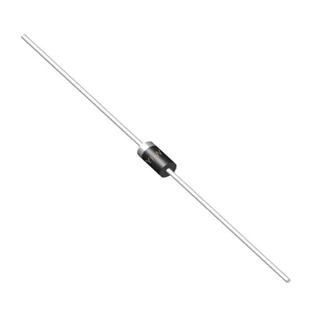Date:2025-06-04 Categories:Product knowledge Hits:360 From:Guangdong Youfeng Microelectronics Co., Ltd
1. Function and Principle
A general rectifier diode is a two-terminal semiconductor device that allows current to flow in one direction (forward direction) while blocking it in the opposite direction (reverse direction). Its core function is to convert alternating current (AC) into direct current (DC), which is widely used in rectification circuits of power supplies, chargers, and various electronic devices.
2. Key Parameters
Forward Voltage Drop (VF): The voltage across the diode when it is conducting in the forward direction. It typically ranges from 0.6V to 1.2V for silicon diodes, and lower for germanium diodes. Exceeding the specified VF may cause excessive power dissipation and potential damage. rectifier diode
Reverse Breakdown Voltage (VR): The minimum reverse voltage at which the diode starts to conduct significantly in the reverse direction, which can lead to permanent damage if exceeded. Ensure the applied reverse voltage in the circuit is well below the rated VR of the diode.
Maximum Forward Current (IF): The maximum continuous forward current the diode can safely handle without overheating. It is crucial to design the circuit such that the actual forward current does not exceed this value. Derating may be required for high-temperature operations. rectifier diode
Power Dissipation (PD): The maximum power the diode can dissipate, which is determined by the product of forward voltage drop and forward current. Adequate heat dissipation measures should be taken if the power dissipation is close to the rated value.

Previous: Classification, Structure, and Principle of MOSFET
Next: Circuit Connection